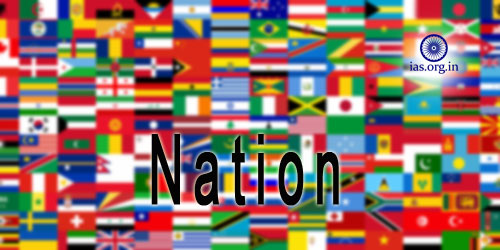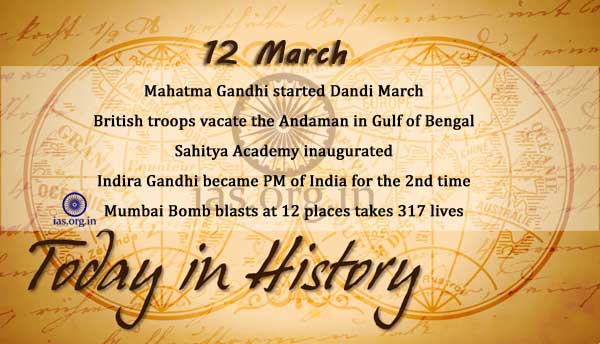Presenting the budget of 2015, the Finance Minister of India official announced India’s renewable energy target of instituting 175 GW of Renewable Energy (RE) capacity by the year 2022. Through this ambitious target, along with its recently launched International Solar Alliance (ISA) India has now become a global leader in the field of renewable energy. Presently, the country’s total installed renewable energy capacity is close to 40GW that is approximately 22% of the massive target announced by the Finance Ministry.
With an intention to achieve the goals of clean energy the Government has introduced, amongst several others, various scheme such as the Jawaharlal Nehru National Solar Mission (JNNSM), the Biomass Power and Cogeneration Programme and Small Hydro Power (SHP) Programme. As the country braces up to speed up the capacity in the field of renewable energy it becomes important to admit the requirement for a skilled workforce.
Read Also: North East: Hydrocarbon Vision 2030
Renewable Energy’s Potential of job creation
In India, in the context of its population growth rate, there is a need to create one new job every year. According to an estimation made by the council of Energy, Environment and Water (CEEW) and the National Resources Defense Council (NRDC), the solar deployment industry alone is going to create more than10 lakh ful-ltime jobs between 2016 and 2022. Similary, as it has been speculated, the wind sector is going to create 183,500 jobs by 2022, as the wind capacity increase to 60 GW.
It is Quite interesting, as well as heartening, to note that many of the announced large utility scale projects and solar parks which are being forecasted to add 60 GW to the present solar capacity by 2022 and the wind power projects are going to be set-up in peri-urban (rural) areas. Through this move, the Government has made its intention crystal that it has made sure that a majority of jobs, skilled, semi-skilled and unskilled too, created under the renewable energy projects benefit the rural youth.
To get to the target of 100 GW solar energy in India, in the solar photovoltaic (PV) sector, nearly 180,000 skilled plant design engineers and 570,000 semi-skilled technicians for construction will be needed. They will be needed to attain the targeted 40GW rooftop solar capacity addition. Apart from this, nearly 75,000 highly skilled workers will be required during the coming six years to sustain annual and ongoing performance data monitoring of solar projects of 100 GW. By the year 2022, an extra 170,000 workers will be needed to do low skill operation and maintenance functions for the host of solar rooftop and utility scale projects.
Must Read: Both Rail Budget and Union Budget Go Green
Renewable Energy and Rural Development
In order to stimulate the rural economy, the Government of India is encouraging various distributed renewable energy appliances (applications) such as solar food dryers, solar pumps, wind pumps etc.
In a situation where lakhs of Indian farmers are eagerly waiting for agricultural electricity connections, solar water pumps could cater cost-effective and reliable irrigation service, even in remote rural areas.
In addition to solar water pumps, applications such as solar lanterns, biogas plants, solar home lighting, etc. are capable of contributing towards income generation through the household based economic activities, thus improving the quality of life in rural homes.
Apart from providing energy to the household, the rooftop solar system has also the capacity of catering access to reliable electricity in Primary Health Centres (PHC) and primary schools in rural areas, that is highly essential for community services.
It is important to mention here that manpower requirements for installation, distribution and maintenance of such distributed renewable energy systems would certainly create many local jobs.
Don’t Miss: US blocks India’s Ambitious National Solar Mission through WTO
Bridging the Skill Gaps
No one can refute that the job creation potential of the Renewable Energy sector is significant as it has brought with itself the presently unmet and urgent need for skilling as India’s skilled workforce has struggled to match with other global economic powers.
A recent analysis has highlighted the present unavailability of skilled manpower for construction and commissioning of solar unites and declared the shortage as a significant challenge to the solar industry. This is the juncture where the ambitious renewable energy target of India interconnects with skill India initiative that intends to skill 40 crore people by 2022.
Acknowledging the need for skill development, with an intention to train 50,000 youths, the National Institute of Solar Energy (NISE) is organizing the “Suryamitra” skill development Programme. Under this “Suryamitra” programme, youths are going to be trained over the next three years, for installation, operation, and maintenance of solar projects.
The National Certification Programme for Rooftop Solar photovoltaic Installer (NCPSPI), intended at growing skilled and qualified manpower to install rooftop systems across the country, is open to technicians, students as well as entrepreneurs.
As the Government is earnestly implementing these schemes, it will be very much crucial to develop standardized training programmes implementable through institutes across and around the country. For attaining this purpose, training institutes must be set-up in areas having the most renewable energy potential and forthcoming capacity.
Also, Read:
Stanford Develops Plastic from Agricultural Waste






